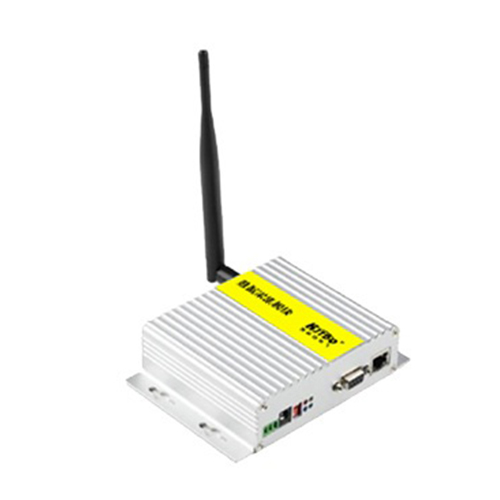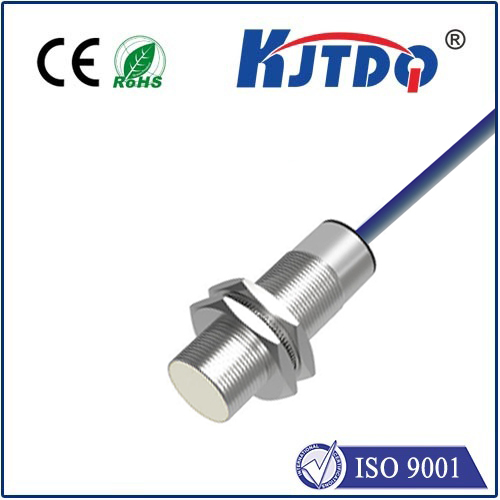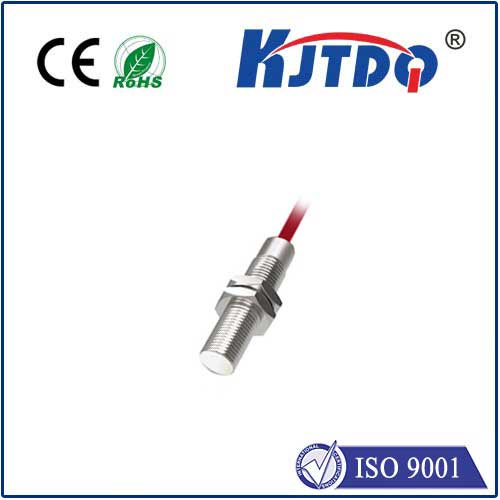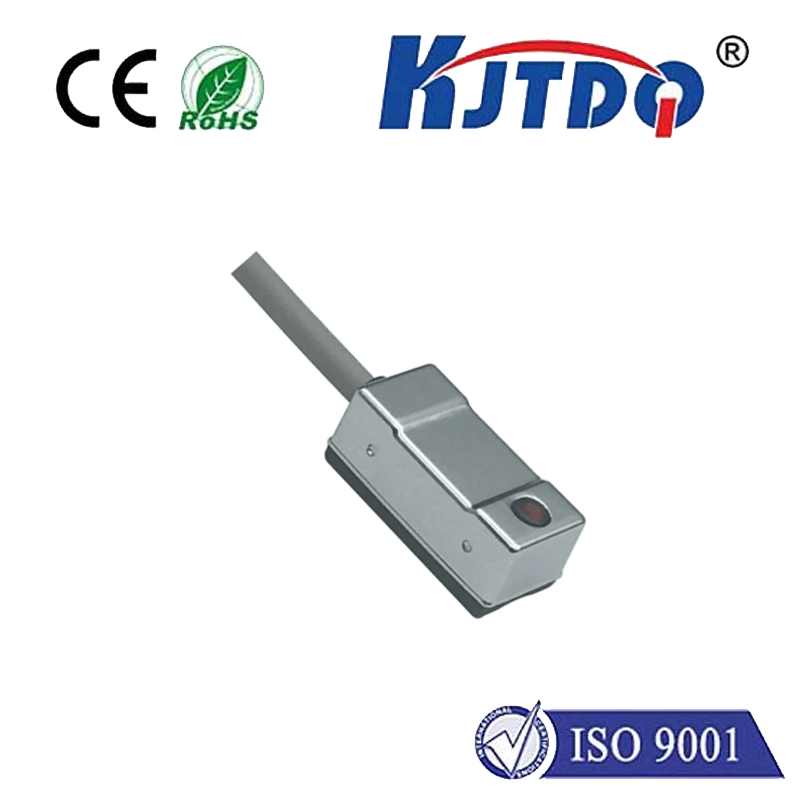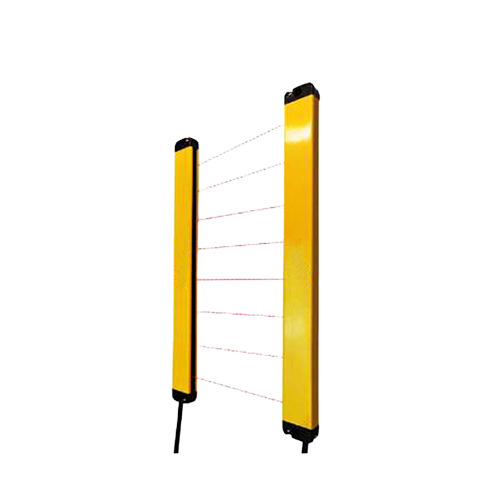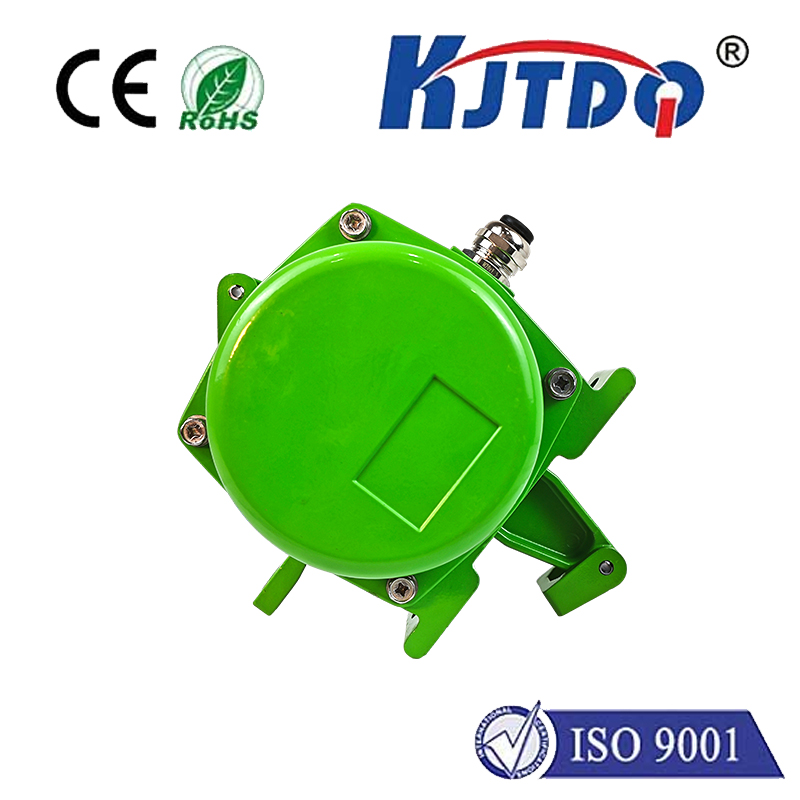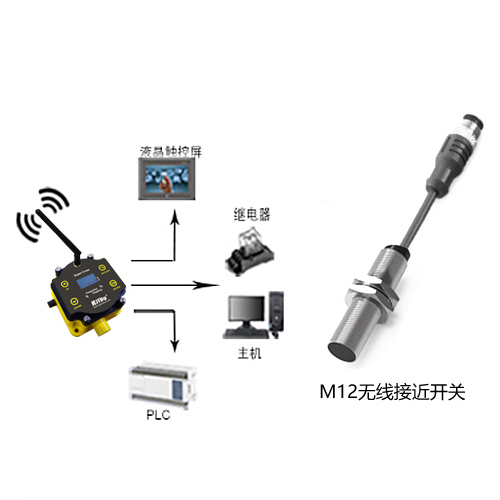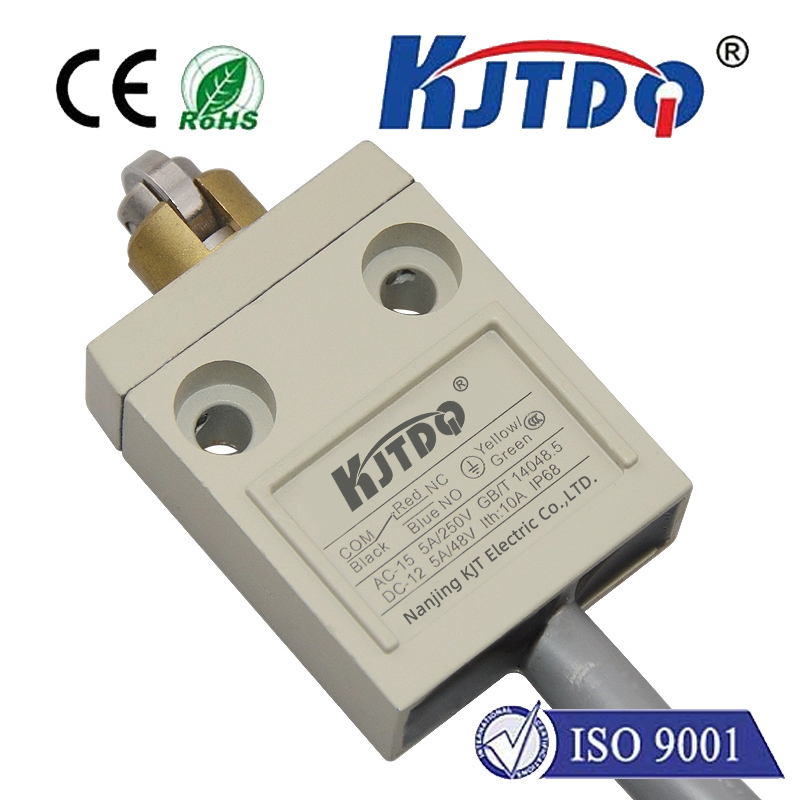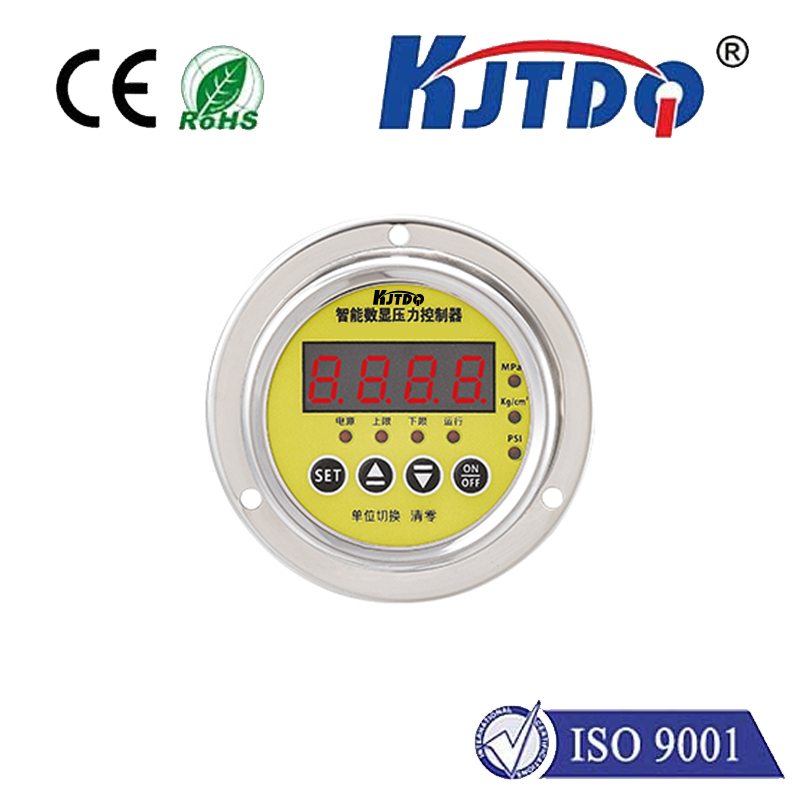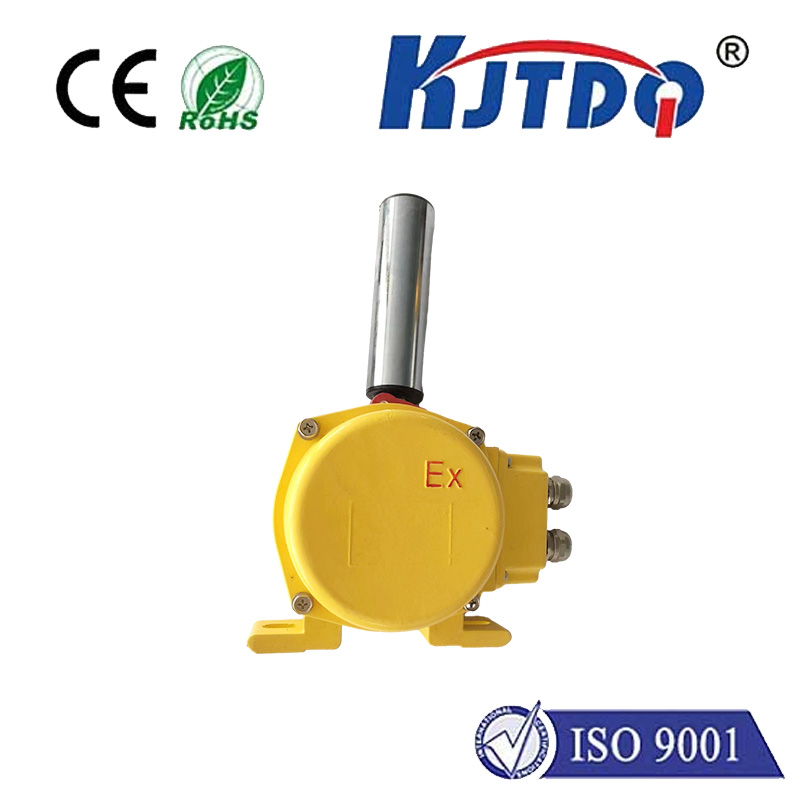

check

check

check

check

check

check

check

check

check

check
In recent years, approximate sensor technology has emerged as a powerful tool for enhancing the accuracy and efficiency of data collection and processing. By leveraging advanced algorithms and machine learning techniques, approximate sensors can provide highly accurate predictions without requiring real-time measurements or physical interactions. This has opened up a wide range of possibilities for various industries, from healthcare and logistics to finance and manufacturing. In this article, we will explore the advancements and applications of approximate sensor technology, focusing on its potential to transform the way we collect and analyze data in different domains.
Section 1: The Basics of Approximate Sensors
Before diving into the specific applications of approximate sensor technology, it is important to understand how these devices work. At their core, approximate sensors rely on statistical models and mathematical formulas to make predictions based on historical data. These models can be trained using large datasets, allowing the sensor to learn patterns and correlations that might not be immediately apparent from raw input values. As a result, approximate sensors can provide highly accurate predictions even in complex or uncertain environments.
One common type of approximate sensor is the regression model, which seeks to establish a linear relationship between input variables and output variables. By adjusting the coefficients of this relationship, the model can generate predictions based on new input values. Other types of approximate sensors include decision trees, neural networks, and support vector machines, each with its own strengths and weaknesses in terms of accuracy, scalability, and interpretability.
Section 2: Applications in Healthcare
One area where approximate sensor technology is already making a significant impact is in healthcare. By analyzing patient data such as medical history, laboratory results, and lifestyle factors, approximate sensors can help identify risk factors for various diseases and predict the likelihood of developing certain conditions. For example, an approximate sensor could analyze a patient's genetic data to identify high-risk variants associated with breast cancer or heart disease, enabling doctors to take proactive interventions before symptoms appear. Similarly, an approximate sensor could track patient vital signs over time to detect early signs of deterioration and alert healthcare providers to intervene before a crisis occurs.
Another application of approximate sensor technology in healthcare is in drug discovery and development. By analyzing vast amounts of genomic and clinical data, approximate sensors can help identify potential drug targets and predict the efficacy and safety of novel therapies. This can significantly accelerate the drug development process and reduce the risk of costly failed trials. Additionally, approximate sensors can assist with personalized medicine by predicting which treatments are most likely to be effective for individual patients based on their unique characteristics and biology.
Section 3: Applications in Logistics and Transportation
Approximate sensor technology can also play a crucial role in optimizing logistics and transportation systems. By analyzing traffic patterns, weather conditions, and other external factors, approximate sensors can help forecast demand for goods and services and optimize delivery schedules accordingly. For example, an approximate sensor could track vehicle locations in real-time to identify bottlenecks or congestion points that could be alleviated through better routing or scheduling strategies. Similarly, approximate sensors could monitor supply chain performance and detect disruptions or delays that may require recalibration or alternative solutions.
Another application of approximate sensor technology in logistics and transportation is in asset tracking and maintenance. By analyzing sensor data from various vehicles, equipment, and infrastructure assets, approximate sensors can help identify potential issues before they become major problems. For example, an approximate sensor could detect changes in tire pressure or engine oil levels that may indicate wear or damage and alert maintenance technicians for prompt repairs. Similarly, approximate sensors could track the location and behavior of vehicles to ensure compliance with regulatory requirements such as speed limits or seatbelt use.
Section 4: Applications in Finance and Manufacturing
Approximate sensor technology can also benefit various industries beyond healthcare and logistics. In finance, for example, approximate sensors can help detect fraudulent transactions or unusual market behavior by analyzing large volumes of financial data in real-time. By identifying patterns or anomalies that may be indicative of fraud or market manipulation, these sensors can prevent financial losses and maintain stability in the marketplace. Similarly, in manufacturing, approximate sensors can help optimize production processes by detecting defects or inconsistencies in products before they reach customers. This can improve product quality and reduce waste costs for manufacturers.
Conclusion
Approximate sensor technology represents a significant breakthrough in the field of predictive computing, offering unprecedented possibilities for enhancing the accuracy and efficiency of data collection and analysis across various industries. Whether used for healthcare
